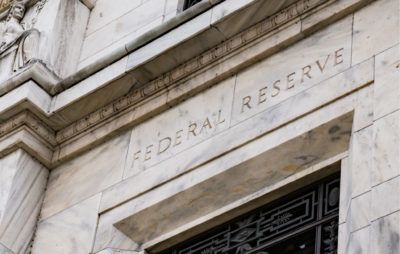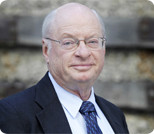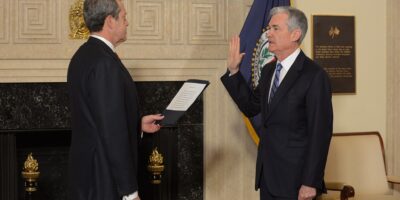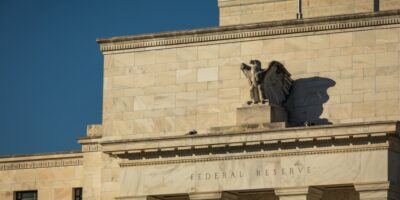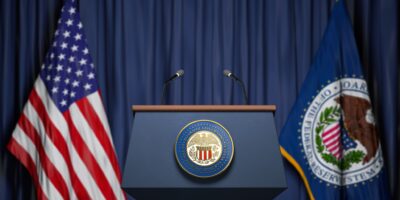Monetary debates
In recent decades, the “big debate” among monetary economists and policy makers was “Rules versus Discretion.” That debate accepted that the various tools/instruments available to monetary policymakers are well known. Implicit is that the linkages between open market operations of the central bank’s trading desk and the objectives of monetary policies have been defined and measured, and judgments about lags are within a narrow range. Basically, the central bank buys and sells securities with the intention of affecting either interest rates or monetary growth, and these financial measures are linked to economic activity.
That debate has taken as given that an earlier debate [1] about “Targets and Indicators” of monetary policy has been more or less resolved, with only the empirical estimates of parameters and lag coefficients to be constantly updated and revised—along with individual policymaker’s personal preferences about “trade offs” among multiple objectives.
The “global financial crisis” of 2008/2009 changed all that. None of what was generally accepted pre-2008 applies to the monetary regime of recent years. Without consensus about now-relevant “targets and indicators” of monetary policies, the debate about “rules versus discretion” is without a useful reference point. The “thrust of policy actions” is no longer gauged by measures on the price axis (interest rates) or the quantity axis (bank reserves and money supply). In absence of useful, reliable measures of the degree of stimulus or restraint implied by the behavior of any price or quantity measures (indicators), it is not possible to establish appropriate near-term objectives for the central bank’s balance sheet or administered interest rates (targets).
Unconventional Monetary Policies
Major central banks have adopted objectives of achieving more rapid rates of inflation as strategies for fostering higher standards of living—and all have failed to achieve their objectives. The wisdom of targeting higher inflation has and should continue to be debated, but the more immediate challenge is to explain why conventional policy tools stopped working and what to do about it. Several developments since the onset of the “global financial crisis” in 2008 have to be studied and better understood.
- In the US, Congress approved the payment of interest by the Federal Reserve to holders of reserve balances at the central bank—other central banks already had, or also acquired, such authority.
- The Federal Reserve engaged in “operation twist” policies with the objective of achieving lower intermediate and long-term interest rates; that is, Treasury bills under one-year maturity were sold as longer maturity Treasury securities were purchased.
- First the Federal Reserve, then other central banks, engaged in “large-scale asset purchases,” commonly known as “quantitative easing.”
- Supervisory/regulatory authorities mandated that at least the largest commercial banking companies hold significantly larger “liquidity” balances (as well as equity capital) as a percent of assets.
- Some central banks imposed “negative interest rates” on commercial bank reserve balances.
- Some central banks contemplated “helicopter” money—direct central bank financing of government spending—in order to achieve faster monetary creation.
Which combinations of these policies and actions contributed to the breakdown of the tools of conventional monetary policies is still being debated—and no doubt will continue to be debated for long into the future.
[1] Karl Brunner, ed., http://www.worldcat.org/title/targets-and-indicators-of-monetary-policy-papers-presented-at-the-conference-on-indicators-and-targets-of-monetary-policy-university-of-california-los-angeles-april-1966/oclc/874485397?ht=edition&referer=di

